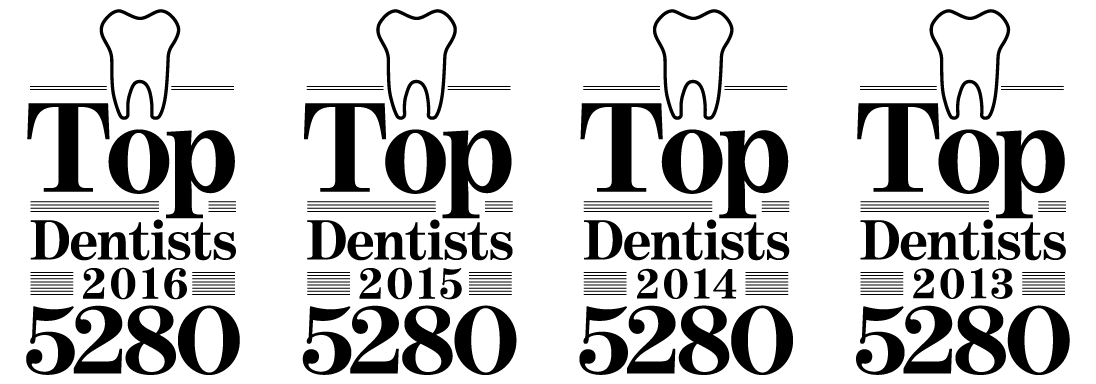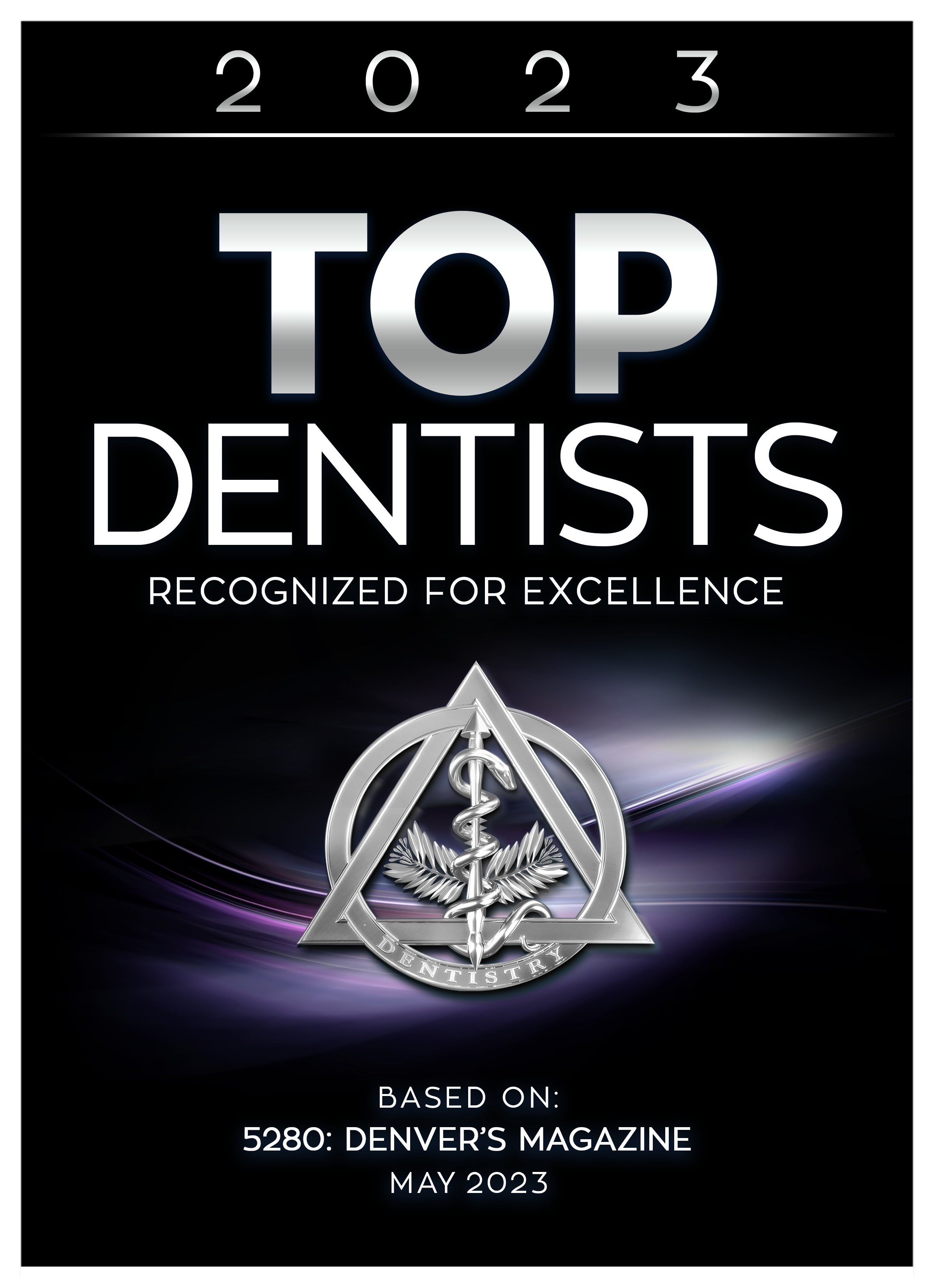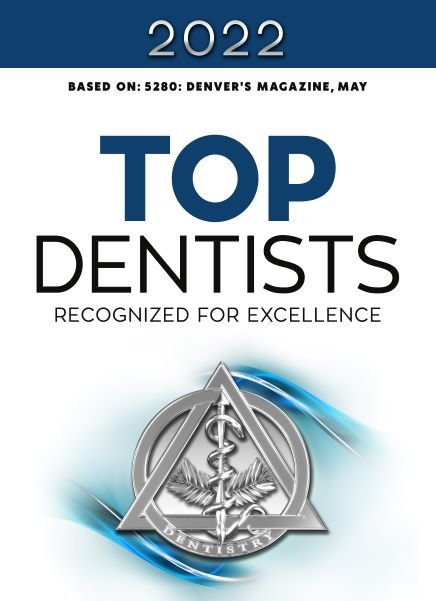A. If you fear going to the dentist, you are not alone. Between 9% and 15% of Americans state they avoid going to the dentist because of anxiety or fear. The first thing you should do is talk with your dentist. In fact, if your dentist doesn't take your fear seriously, find another dentist. The key to coping with dental anxiety is to discuss your fears with your dentist. Once your dentist knows what your fears are, he or she will be better able to work with you to determine the best ways to make you less anxious and more comfortable.
The good news is that today there are a number of strategies that can be used to help reduce fear, anxiety, and pain. These strategies include use of medications (to either numb the treatment area or sedatives or anesthesia to help you relax), use of lasers instead of the traditional drill for removing decay, application of a variety of mind/body pain and anxiety-reducing techniques (such as guided imagery, biofeedback, deep breathing, acupuncture, and other mental health therapies), and perhaps even visits to a dentophobia clinic or a support group. (webmd.com)




















